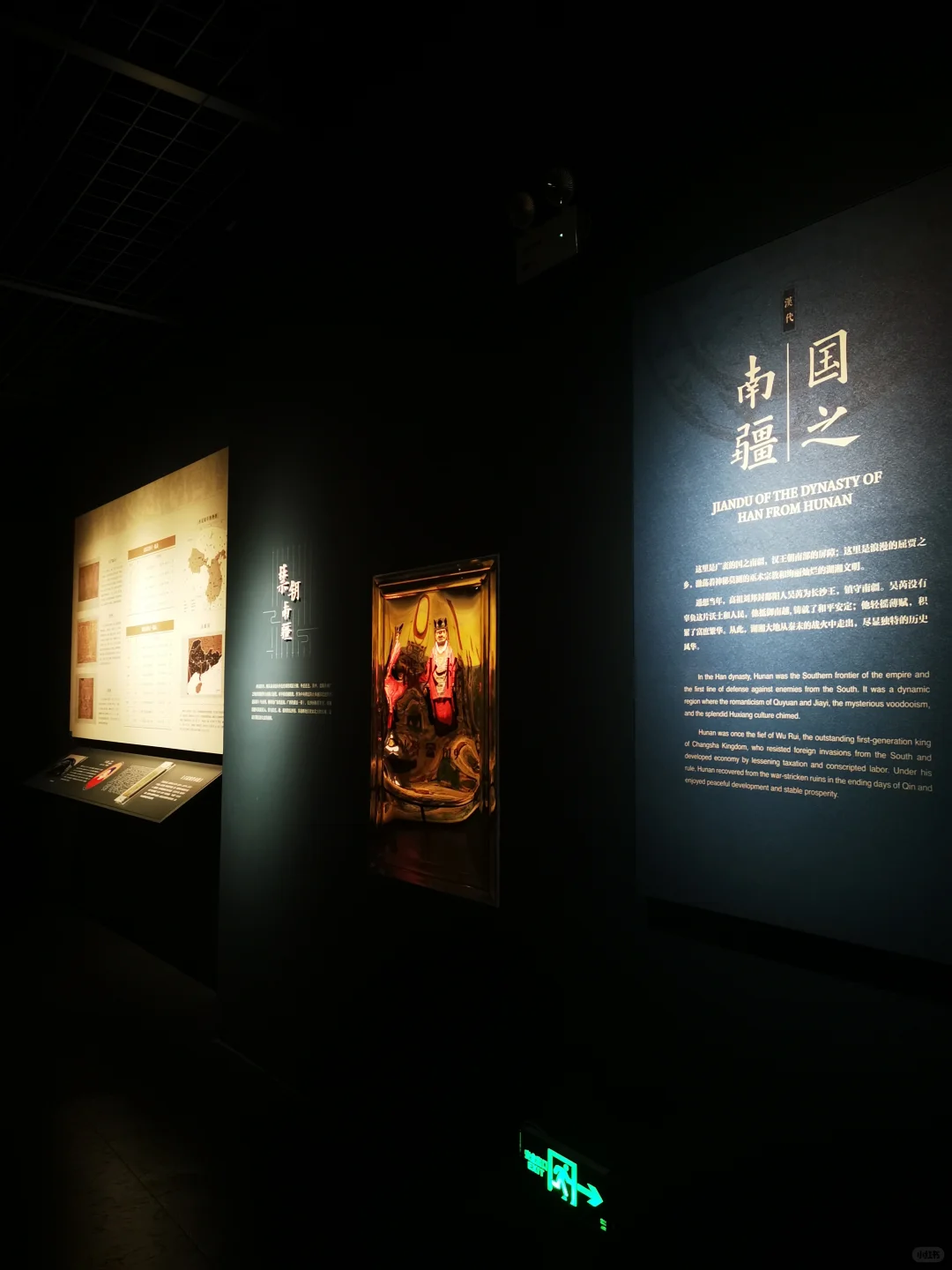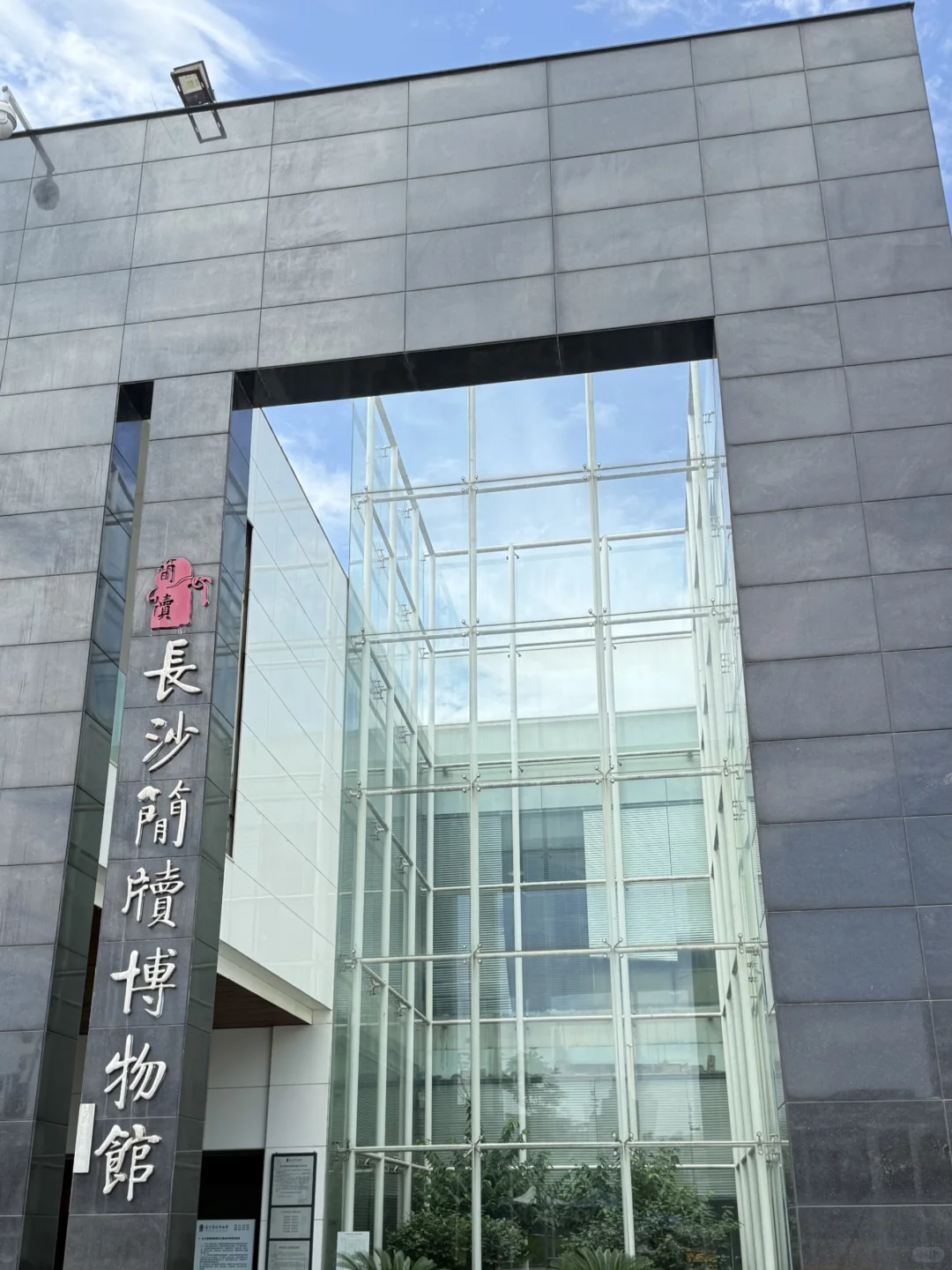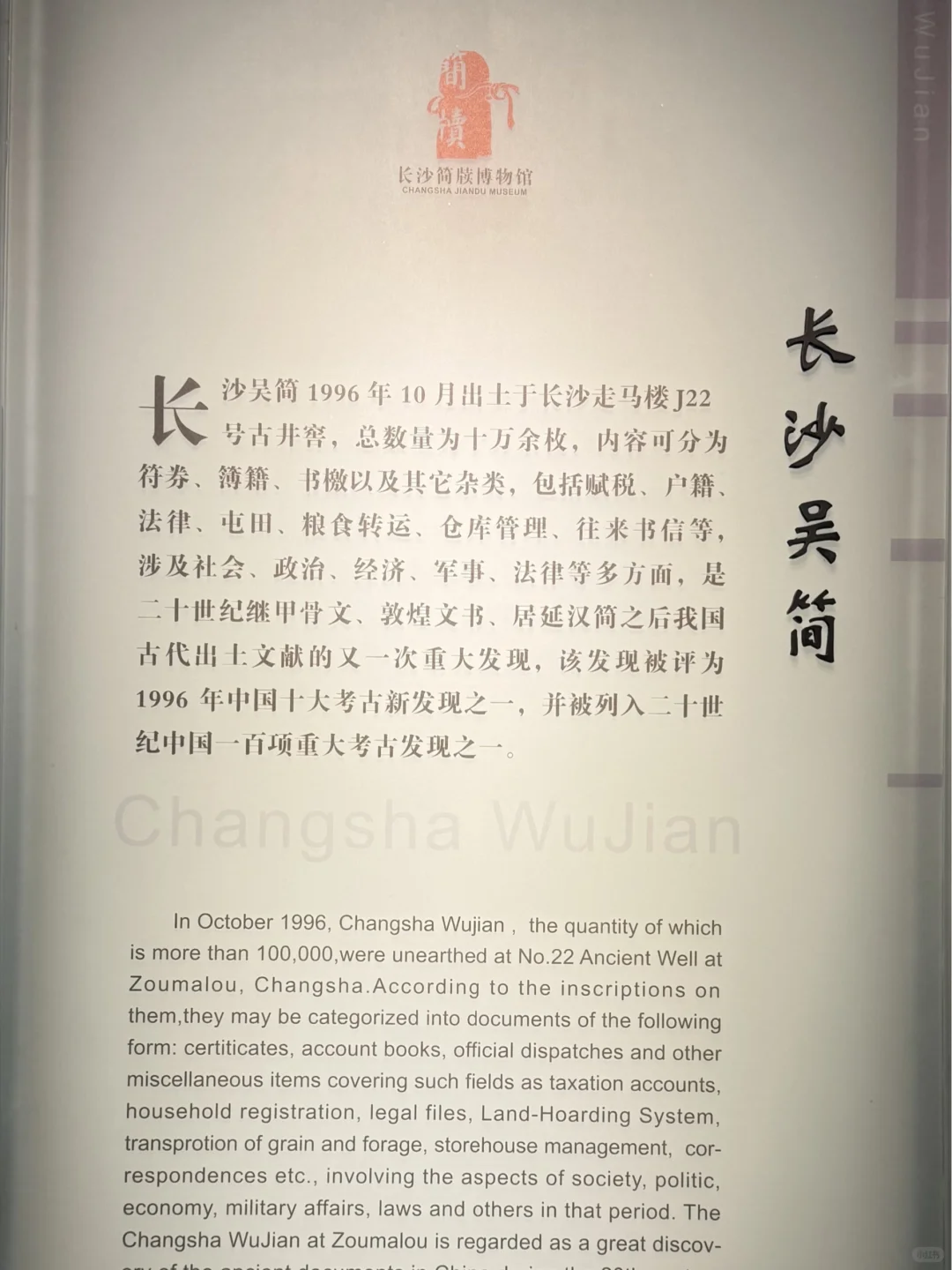A Comprehensive Guide to the Changsha Bamboo Slip Museum for an Enriching Visit
I recently took a trip to Changsha and thought, since it’s a city rich in culture, I should squeeze in something special besides just eating and drinking. So, I added the Changsha Bamboo Slip Museum to my itinerary, and it turned out to be the highlight of the trip! If you’re like me and have a bit of interest in history and culture, and want to avoid the overcrowded popular spots, this article will definitely help you out! Let’s dive right into my sharing!
Basic Info about the Museum
Let’s talk practical info first. The Changsha Bamboo Slip Museum is located at No. 92 Baisha Road, Tianxin District, and it’s about a 700-meter walk from Exit 1 of the Nanmenkou Station on Metro Line 1, making it super convenient. If you love walking, you can also enjoy the city scenery on the way.
👇 Here’s some info on opening hours and tickets you might want to keep handy:
- Opening Hours: 9:00 AM - 5:00 PM (you need to enter by 4:30 PM); closed on Tuesdays (except public holidays)
- Tickets: Free! You just need to make a reservation in advance through the official WeChat account by searching for "Changsha Bamboo Slip Museum", and you can enter by showing your ID on the day.
Overall, this is a budget-friendly and convenient cultural journey. I personally recommend setting aside 2-3 hours to explore slowly, so you can thoroughly enjoy the exhibits and also get a museum stamp as a little keepsake for your trip.
Highlights of the Special Exhibits
As soon as you step into the museum, you can feel its uniqueness. Being a National Level Museum, the Changsha Bamboo Slip Museum not only holds a remarkable scale of exhibits but is the only museum in the world that integrates the collection, protection, research, and display of bamboo slips. The collection constitutes about one-third of all bamboo slip artifacts in China, which is quite impressive! These bamboo slips are like messengers of time, relaying voices long sealed away—each piece of bamboo carries a story waiting for us to discover.
Must-See Treasures!
To truly soak up the richness of this experience, definitely don’t miss these three “treasure exhibits.” They not only hold immense cultural value but have equally fascinating stories.
- Liye Qin Bamboo Slips: "DONGTING JUNE Delivery"
If you want to dive into the nuances of ancient life and politics, this set of Qin bamboo slips will leave you astonished. It’s known as the “government work report” of the Qin dynasty, including official documents, household registrations, and postal letters from the Qianling County Office. These bamboo-written documents are not just testimony to grassroots governance of the Qin empire, but also invaluable historical records from that era.

-
Han Dynasty Multiplication Table Bamboo Slip
When I saw this exhibit, I was quite moved. Turns out, the multiplication table we know so well, “three times nine equals twenty-seven, four times nine equals thirty-six,” was already around 2,200 years ago—600 years before Europe got theirs! Looking closely at these bamboo slips, you can really appreciate the wisdom of the ancients.
-
Wu Bamboo Slip: Taxes of Sun Wu
Attention, Three Kingdoms fans! This batch of bamboo slips records the tax situation in the State of Wu, making it a true “archive” of the Three Kingdoms Taxation Bureau. Even in those tumultuous times, the tax system was crucial for governance. If you’re interested in history or economics, this is a gem you can’t miss.
Recommended Visiting Route
The exhibitions are laid out over two floors, and I recommend going through them in order to ensure you don’t miss key areas while also allowing for breaks between sections.
1st Floor: Path of Civilization
This floor mainly showcases the origins and evolution of bamboo slips, comparing them with other writing mediums around the world. As soon as you enter, you can see the long trajectory of Chinese writing culture, picking up a lot of cool knowledge!
2nd Floor: Flowing Xiang Water
This is the special exhibition on Hunan bamboo slips, and I especially recommend taking a close look at the Liye Qin Bamboo Slips and Zoumalou Wu Bamboo Slips. Most of the national treasure-level artifacts are concentrated on this floor, so history buffs can easily spend quite a bit of time here.

Helpful Tips
Some little details are super key, so being prepared can make your visit smoother:
- Free Guided Tours: There are professional guides giving tours every day at 2:30 PM (and at 10:00 AM as well); I highly recommend joining! The guides will vividly recreate ancient life scenes, helping you understand the exhibits better than just reading the panels.
- Limited Edition Stamps: Don’t forget to get the beautiful commemorative stamps at the front desk—they’re free and really meaningful!
- Be Aware of Closure Days: Don’t make the mistake of going on a Tuesday when it’s closed—plan your visit accordingly!
- Time Your Visit to Avoid Crowds: It’s better to go early in the morning or around 3 PM to avoid the peak crowd and enhance your experience.
A Quiet Historical Experience
Overall, this museum is perfect for those looking to quietly immerse themselves in the charm of history. I still remember the first time I saw those bamboo slips filled with words, and I could almost picture the ancient people writing away at their desks. They feel so distant yet so vividly present before my eyes. Instead of visiting the bustling hotspots, taking a peaceful stroll through these historical stories is undoubtedly a more enriching journey.

I highly recommend that everyone experiences this place; those bamboo slips sealed by time are quietly waiting for us to unveil their stories today!
You Might Also Like
Top Eight Must-See Treasures at the Changsha Bamboo Slips Museum
Discover the eight essential treasures of the Changsha Bamboo Slips Museum, including the Maolou Tax Document and the Xu Di Judicial Wood Slip. Come and explore these precious historical artifacts, and don't miss out on our special exhibitions!
The Ultimate Guide to 22 Must-Visit Cold Noodle Shops in Changsha
A curated list of 22 cold noodle shops in Changsha · Part One (with locations). This guide explores various unique cold noodle establishments, evaluating their flavors, cleanliness, service, and more, offering recommendations for a delightful summer dining experience.
A Foodie's Guide to Taiping Street in Changsha: Delectable Street Bites Under 20 Yuan
Explore Taiping Street's culinary delights in Changsha, where you can indulge in delicious snacks like stinky tofu, fried skewers, and milk tea for less than 20 yuan per person, satisfying your cravings.
Want to see more cultural experiences like this?
Follow ChinaTrip, explore the next destination, and discover more ways Chinese people travel.
Browse More ArticlesRecommended in the Same City




